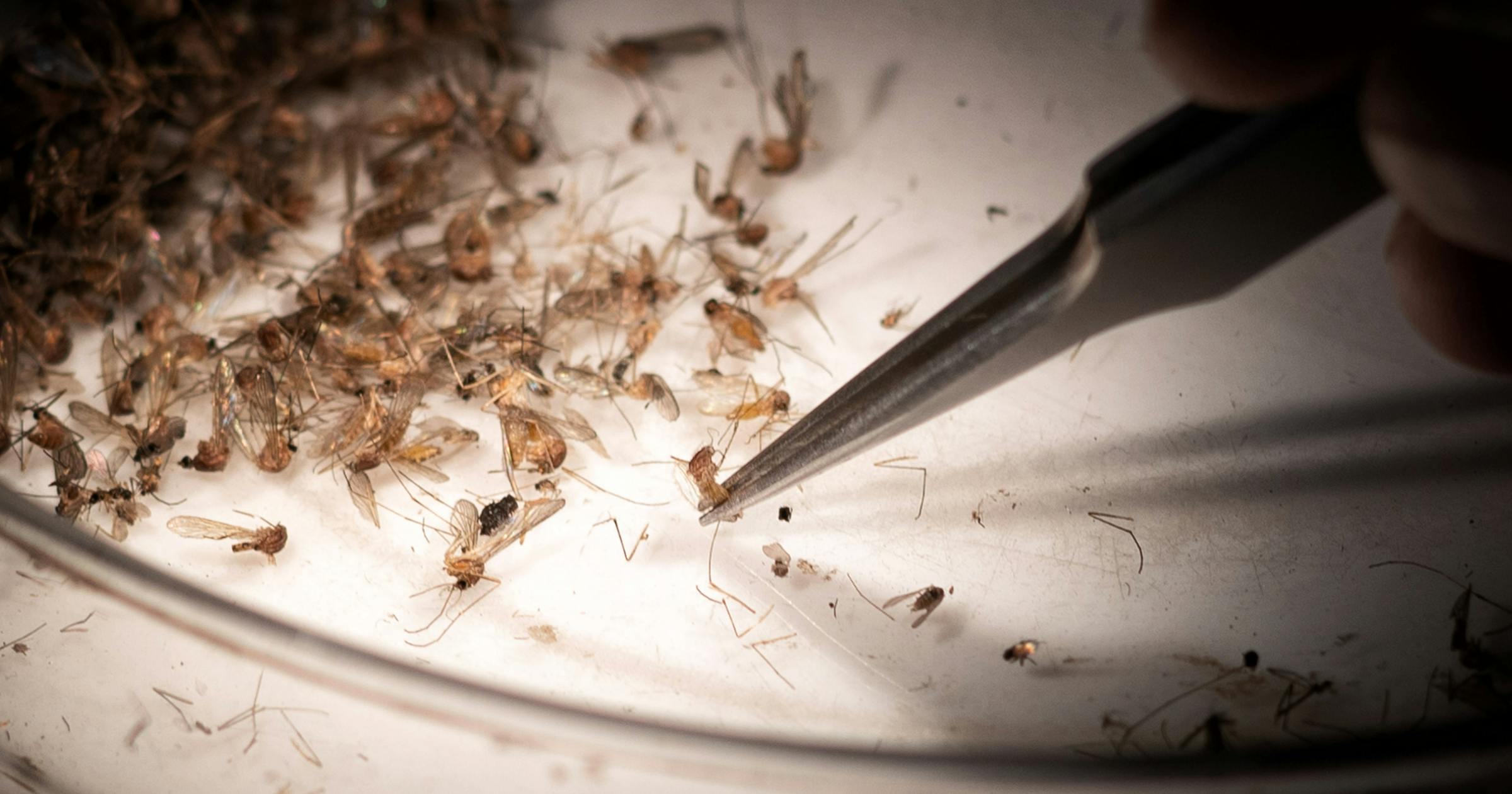Time: 2024-07-04
Eastern equine encephalitis virus has been found in mosquitoes in Massachusetts for the first time in 2024, marking a concerning development in the region. The Massachusetts Department of Public Health confirmed the presence of EEE in mosquito samples collected on June 30 in Carver, Plymouth County. While no human or animal cases have been reported this year, officials have raised the risk level to moderate in several communities, including Carver, Kingston, Middleborough, Plymouth, Plympton, and Wareham. The last outbreak of EEE in Massachusetts occurred during 2019-2020, with no human cases reported since then, as stated by Public Health Commissioner Dr. Robbie Goldstein.

Health officials in Massachusetts and Minnesota are on high alert following the detection of West Nile virus in mosquitoes. In Massachusetts, the virus was found in a mosquito sample collected in Quincy, marking its first appearance in the state in 2024. Residents and visitors are advised to apply insect repellent, avoid outdoor activities during peak mosquito hours, and wear protective clothing to prevent mosquito bites. Meanwhile, in Minnesota, the Metropolitan Mosquito Control District identified mosquitoes with West Nile virus in samples collected in Oak Grove, Anoka County, earlier than usual this year.
For updates on West Nile virus and EEE cases, individuals can refer to the Arbovirus Surveillance Information webpage at Mass.gov or contact local health authorities for more information. Taking proactive steps to protect against mosquito bites is essential to safeguard public health and prevent the spread of these potentially dangerous viruses.